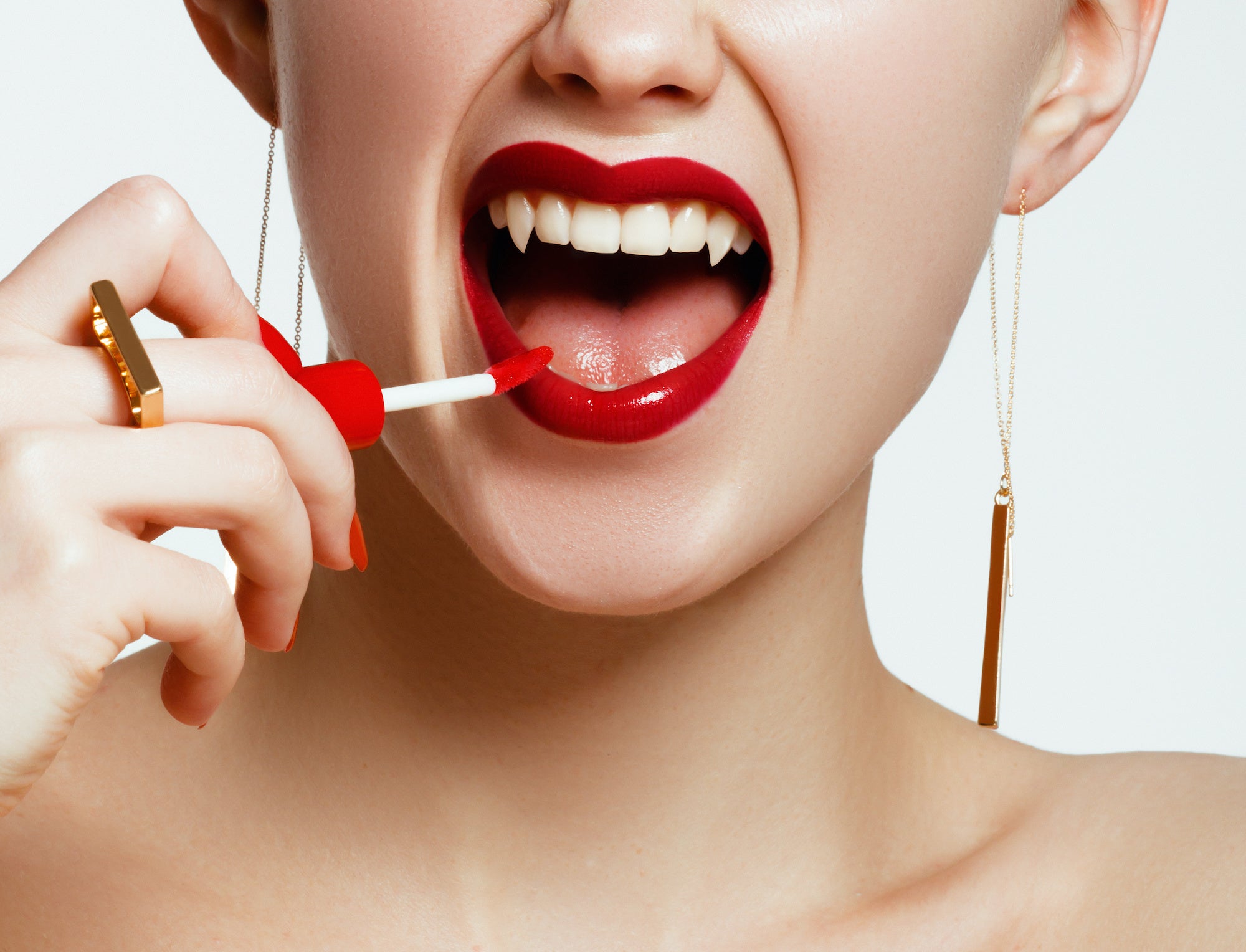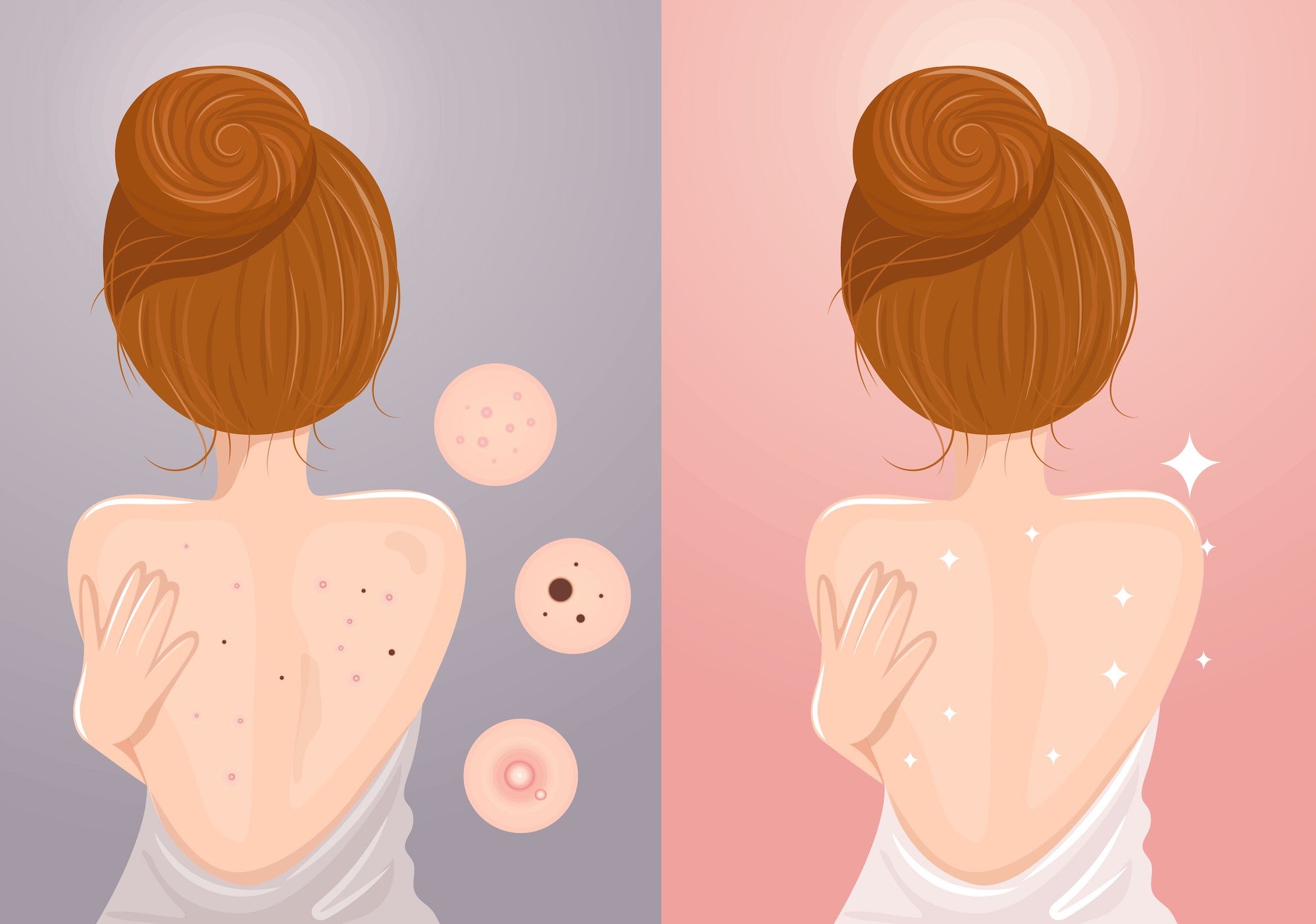
Vampire Facials: Not Your Mama’s Spa Treatment
First of all, who is your favorite vampire? Unless you said Spike from Buffy, you’re wrong. But I guess we can still be friends.
Now imagine your favorite vampire, but instead of eating human blood to survive, they’re smearing it all over their faces for that #wokeuplikethis look.
That’s right — today we’re talking vampire facials.
Now usually, I would try to write a super cute and witty introduction to ease you into this article and hook your interest. But what can I possibly write that would be more intriguing than just shouting, “VAMPIRE FACIALS! No, seriously! VAMPIRE! FACIALS!”
Who wouldn’t want to know more?
I mean, does it make you sensitive to garlic? Does it require sleeping in a coffin? Will you turn into a bat? No, no, and obviously, no. It also won’t make you sparkle in the sunlight. (You’ll still need body glitter for that.)
But calling them vampire facials is more than just a random gimmick. It’s pretty appropriate, because...
There Will Be Blood
Full disclosure, I’m a bit of a creep. So when one of my colleagues mentioned facials using actual human blood, I was all over it. I had missed the whole cultural moment when Kim K. tried them out, posting her red-smeared face all over Instagram like some crazed serial killer.
So I started googling. And y’all, this world is even crazier than I thought.
Vampire facials, also called blood facials or PRP treatments, use our blood as a cosmetic. It’s supposed to provide a plump and youthful glow. Makes sense. If we’re reaching for an ageless quality here, immortal creatures like vampires are a pretty good namesake.
It all goes down like this. Blood is drawn from your arm and placed into a centrifuge, which spins the blood at high speeds until it separates into its parts. This allows the doctor to extract and concentrate a sample of PRP, platelet-rich plasma.
The PRP is then injected back into your face with a syringe or absorbed through microneedling.
The microneedling approach uses tiny needles to create dozens of topical skin punctures. PRP is applied to your skin and sinks in through the punctures to reach lower levels of your epidermis. It also leaves you looking a little bit like Carrie at the prom.
Reportedly, the procedure takes 45 minutes to an hour, though many patients need multiple appointments before they see results. With the treatments costing up to $1500 a pop, that’s quite the investment!
Not to mention that the procedure can be painful, sometimes causing bruising and swelling for several days afterward.
Yeah, this one sounds like it requires some due diligence. Before I pay an arm and a leg to get a bunch of blood injections, tell me — how does it supposedly work?
PRP Therapy, A Taste of Your Own Medicine
Before vampire facials burst onto the scene, there was already a precedent for using our blood as a health remedy.
For one, PRP therapy is used by many orthopedists, who inject PRP to treat sports injuries and repair damaged joints or tendons.
PRP contains almost 8 times as many platelets as whole blood, and those platelets are chock full of human growth factors that aid in healing. By separating PRP from the rest of your blood and re-injecting it at the site of damage, doctors aim to supercharge your wound recovery in that area.
Favoring PRP over anti-inflammatories or opioids can also help patients avoid potential allergies, addictions, and contraindications that can result from medications.
It’s only recently, though, that this kind of therapy has been gaining traction in dermatology.
Vampire facial enthusiasts claim that PRP gives skin a youthful glow and can treat scarring, sagging, wrinkles, acne, and even hair loss. (But no word yet on whether these enthusiasts are, themselves, vampires.)

Researchers hypothesize that PRP promotes the production of stem cells and connective tissue cells in the skin. They also believe that it helps develop new blood vessels and fat deposits that can keep your face looking plump and healthy.
Combining the therapy with microneedling is supposed to be especially effective, as both PRP and microneedling are theorized to stimulate collagen production.
PRP therapy can also be combined with cosmetic procedures to help heal after untethering scar tissue beneath the skin and to help retain injected fat deposited during facelifts.
Only Time (and Further Research) Will Tell
Sounds pretty awesome, right? However, the evidence validating PRP facials is still on shaky ground. It may be helpful, but at this point, no one can say for sure.
Since PRP therapy doesn’t qualify as a drug, it isn’t subject to drug regulations. Instead, the treatment falls under the FDA’s much more relaxed rules for medical devices — in this case, meaning the needles and centrifuge.
And because practitioners don’t need further approval from the FDA, there is no urgent demand for research studies proving PRP therapy’s efficacy. So a lot of the so-called proof is, at best, anecdotal.
There is tentative evidence that PRP treatment may smooth aging skin, support tissue regeneration, and boost collagen. However, the authors of these studies are quick to admit that more investigation is required to fully understand PRP’s benefits.
As one author put it, “The use of PRP as a regenerative medicine is still in its infancy.”
It’s also notable that several PRP studies with positive results were all conducted by the same physician. His research examines the use of PRP in dermatology and plastic surgery, but the sample sizes are pretty small — only 4 people, in one case.
Not to mention that his studies were all funded by a company that manufactures equipment for PRP extraction. And they would undoubtedly love to see more doctors embracing their technology.
So, taking it all with a grain of salt, the best we can say at this point is that maybe PRP treatments can support healing after surgery and benefit the quality of our skin.
But even if you get results from a vampire facial — which is not guaranteed — those results may take weeks or months to appear, and typically last 18 months at the most.
The cherry on top? Facing such unpredictable results, many practitioners also inject fillers like hyaluronic acid or botox to smooth out the results. And not to be judged, but...isn’t that kind of cheating?
For Now, Keep It Simple
I’m not gonna lie, vampire facials sound cool...in theory. So metal! Bragging rights forever! But that’s a lot of money and discomfort for a treatment that has yet to prove itself.
If a glowing complexion is your goal, there are easier, cheaper, and less painful options that can rejuvenate your skin without resorting to an actual bloodbath.
Our product line uses all-natural ingredients to nourish and clarify your skin from the comfort of your own home. You can heal breakouts, balance your oil production, and give your face a radiant finish all with our carefully selected botanicals.
Still missing that trip to the spa, though? We’ve got you covered! Try our Illuminating Essence Exfoliating Mask for a nutrient-rich detox that pairs great with sliced cucumber and mimosas.
Or get your evening mask on with our overnight Clear Skin Elixir, packed with jojoba, chamomile, and clarifying French pink clay. Bonus: It’s way cuter than being covered in blood.






